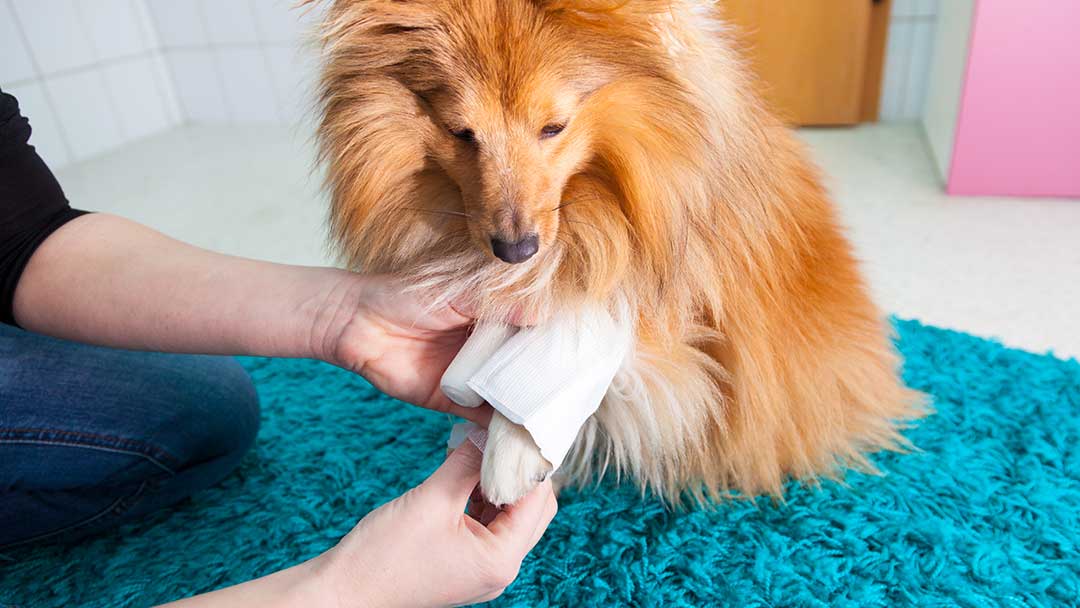
Understanding Knee Ligament Injuries in Dogs
Unfortunately, the ligaments in knees are one of the most susceptible to damage body parts for both humans and animals alike. Football players are known to suffer from knee ligament injuries quite frequently due to the huge amount of stress placed on these ligaments as they exercise; and dogs are no different – even if they don’t play football! The most common knee ligament injury is a rupture to the cruciate ligament of the knee.
How Do I Know If My Dog Has a Knee Ligament Injury?
If your dog shows any of the following signs, you should take him to a vet hospital to seek treatment:
- Limping on one of the hind legs
- Yelping and whimpering when there is weight on the lame leg
- A lack of eagerness to run or go for walks
- A reduction in muscle mass (the affected leg may look thinner than the other leg)
The first thing you should do if you suspect your dog has this type of injury is to take them to the animal hospital for an examination. If your dog does suffer from a damaged ligament, this can lead to knee pain, fluid accumulation and inflammation in joints and ultimately arthritis in the affected leg.
What are some causes of knee ligament injuries in dogs
Your dog may suffer knee ligament injuries for any number of reasons, and often they’re not preventable. Below are some (not all!) reasons that could predispose your dog to be one of the unlucky ones:
1. High intensity exercise
Simple stretching of the knee particularly in highly active dogs can be enough to cause the ligaments in a dog’s leg to become injured. Even if there’s just a minor trauma to the area, the ligament can become unstable and tearing or rupture is possible.
2. Obesity
If your dog is a little on the chubby side, the risk of sustaining a knee ligament injury is higher than a dog who is in better shape. This fairly common problem occurs due to the increased amount of pressure applied to the dog’s legs.
3. Breed Susceptibility
Some dog breeds are simply more susceptible to knee ligament injuries than others. This is especially true with regards to the degeneration of the cruciate ligament and is fairly common in medium to larger sized dogs older than four years of age.
How will my dog get diagnosed?
Ligament injures in the knee can be diagnosed by taking your dog to the vet where they will examine him or her to look for any possible signs of injury. Because they’re often in quite a lot of pain by the time they arrive, pain relief is usually administered. In some cases it may be necessary to sedate your dog to examine the affected area properly and x-rays taken to make a diagnosis.
The primary treatment for ligament injuries in dogs is surgery. Upon review of x-rays, your dog is likely to require further examination to determine the best type of treatment. This will depend on the size of the dog and the nature of the injury. There’s no exact situation where your dog will require the same treatment as another – it’s judged on a case-by-case basis.